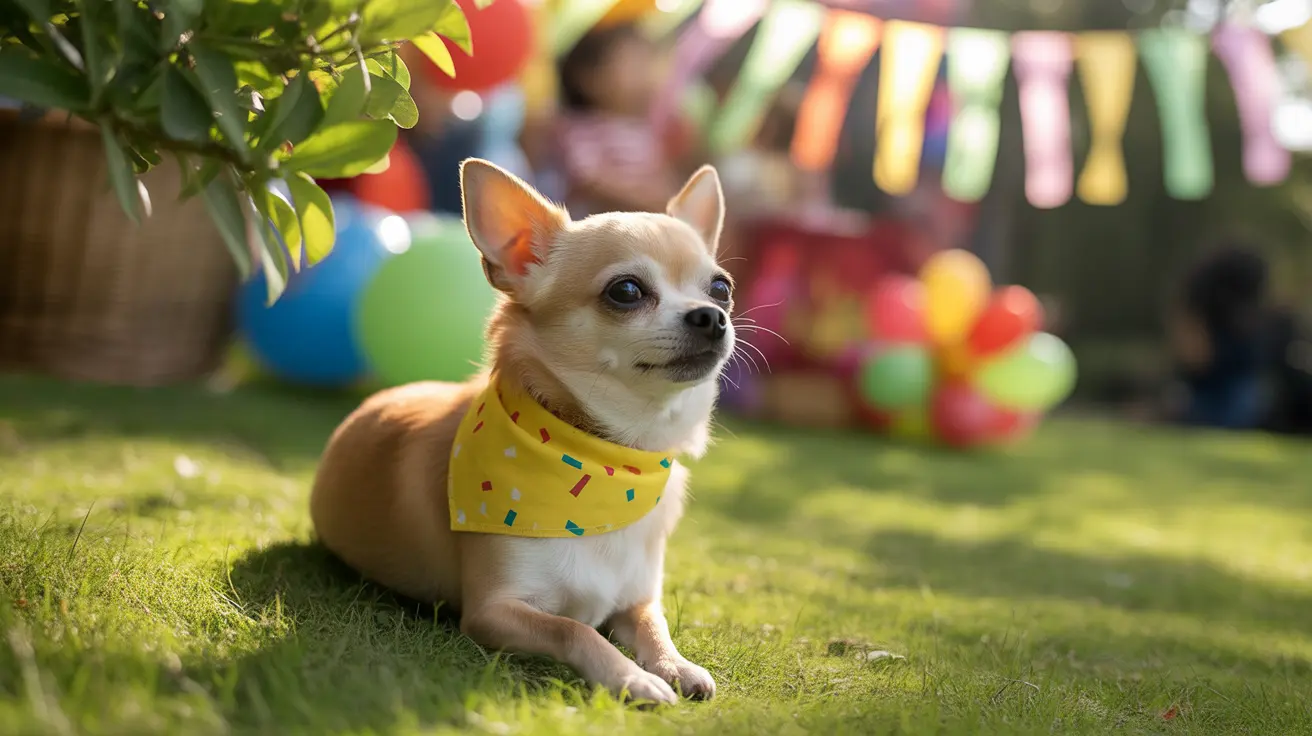The Origins and Composition of the Rhodesian Ridgeback
The Rhodesian Ridgeback is a remarkable dog breed known for its unique appearance and multifaceted utility. With its origins in southern Africa, this breed has been shaped over centuries by necessity, adaptation, and intention. Today's Ridgeback is a blend of regional and imported genetics, curated to meet the demands of a rugged environment and diverse responsibilities.
Historical Background
The roots of the Rhodesian Ridgeback trace back to the dogs kept by the Khoikhoi people of southern Africa. These indigenous dogs were prized for their natural instincts, including guarding homesteads and tracking prey. The most distinctive trait, the reverse hair ridge along their back, was already evident in some of these native canines.
When European settlers arrived in the 17th and 18th centuries, they brought with them an assortment of breeds. The breeding practices that emerged were both intentional and opportunistic—aimed at producing a dog tough enough to deal with Africa’s challenging terrain and wildlife.
Breeds That Formed the Ridgeback
The modern Rhodesian Ridgeback is not the result of just two breeds but rather several. However, to directly address the question, the breed was primarily shaped by crossing:
- Indigenous African ridged dogs (kept by the Khoikhoi people)
- European breeds such as Greyhounds, Mastiffs, Bulldogs, Terriers, Great Danes, and Bloodhounds
These crossbreedings were designed to create a dog that was large, strong, courageous, and capable of tracking and holding large game like lions at bay until hunters could arrive. The process of standardizing this new breed began in the early 20th century.
The Role of Cornelius van Rooyen
One of the most influential figures in defining the breed was Cornelius van Rooyen, a big-game hunter in the late 1800s. He selectively bred dogs that had the distinctive ridge and the desirable temperament and physical traits needed for hunting and protection. Over time, these dogs were refined to resemble what we now recognize as the Rhodesian Ridgeback.
The Formalization of the Breed
By 1922, the first formal breed standard was drafted in Bulawayo, then part of Southern Rhodesia (now Zimbabwe). This included specific traits such as the ridge, height, musculature, and temperament. The breed was recognized by the South African Kennel Union in 1927, and later gained international popularity, reaching Britain in 1928 and the United States in the 1950s.
Traits Inherited from Ancestral Breeds
- Greyhound: Speed and agility
- Mastiff: Protective instincts and size
- Bulldog: Tenacity and courage
- Bloodhound: Scent tracking abilities
- Terriers: Drive and alertness
- Great Dane: Stature and strength
These traits combined with the primal instincts of the African dogs produced a breed well-suited to life on the African savanna.
Temperament and Versatility
Ridgebacks are intelligent, loyal, and naturally protective. They are known to be reserved around strangers but form strong bonds with their families. Though bred for hunting, they have seamlessly transitioned into roles as family companions, watchdogs, and sporting dogs.
Socialization and training from a young age are crucial due to their independent nature. These dogs require an experienced handler who can offer structure and consistency.
Conclusion
The Rhodesian Ridgeback stands as a living testament to adaptive breeding and functional design. While it’s difficult to pinpoint just two breeds as its origin—since it’s actually a medley of several—the most foundational elements came from a merge between native ridged dogs of Africa and European working and hunting breeds. This blend has resulted in a breed that is as beautiful as it is capable, as brave as it is loyal.





